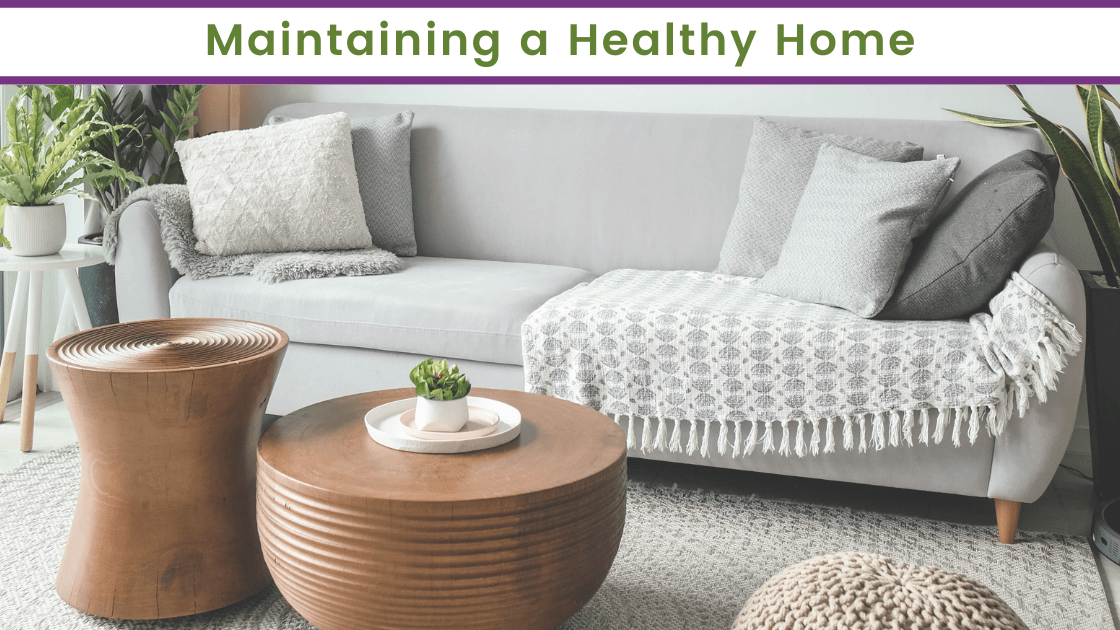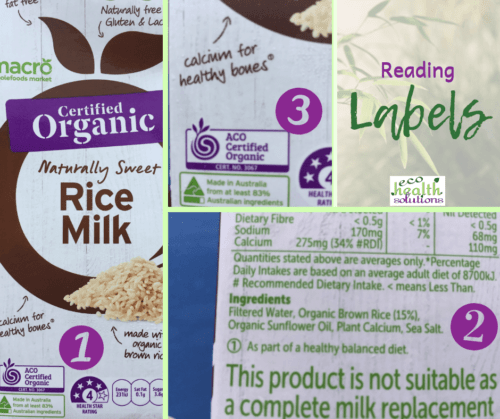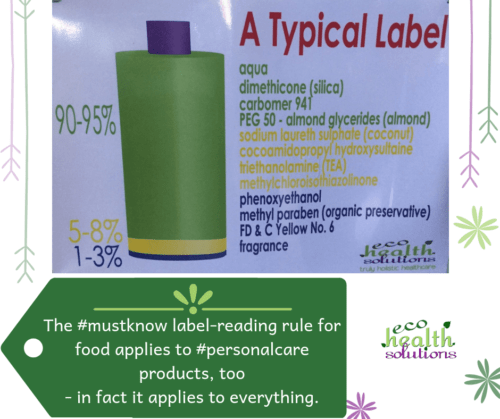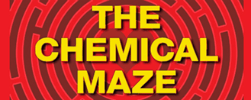Summer Healthy Home Threats
Summer Healthy Home Threats… in Every Home
Summer – the earth is warm, the flowers are in bloom, there are trips to the beach, celebrations, longer school holidays…
If the songs are anything to go by, summer is the time when the sweetest memories are created.
And yet, like with every other season, there are summer healthy home threats.
What is a “healthy home threat”?
I like to define a healthy home threat as anything that interferes with, or poses a risk to, the good work we’re doing to create and maintain a healthy home.
It could be pollen, an allergen, a rise in relative humidity, a leak, new paint, new taps, a new technology – there are so many possibilities.
What are the Unique Challenges Which Summer Brings?
The days are long and hot, with the sun rising early and setting late (often close to 8.30pm here in Melbourne).
There are a great many celebrations – religious, end of year, solstice, and more.
In Sumer, we often:
- Spend much of our days outdoors
- Open our windows in the cool of the morning or as the change comes through
- In more tropical environments, it’s hot, humid and wet
- Crank the air conditioning
- Eat lots of summer fruits (stone fruits and berries)
- Gather for various parties and celebrations
Let’s now explore how these changes in our behaviour are linked to Summer Healthy Home Threats.

Increased Use of Fragrances
The increase in temperature, with or without high levels of humidity, tends to result in most of us perspiring (sweating) more than in the cooler seasons.
As a result, a lot of people put on more antiperspirant or use even more fragrances than usual in an attempt to mask any body odours.
SOLUTIONS
- Wash more often – consider carrying a wet washer in a press-seal bag that you can wipe sweat off with
- Activated charcoal soap & deodorants
- Consider natural deodorants – some of my clients have used bicarbonate of soda, other swear by cider vinegar, personally, I prefer to mix up essential oils in a bottle of rose water and spray that on every few hours (essential oils evaporate quickly)
Reduced Indoor Air Quality
Closing the windows to keep the heat out and the cool in can cause indoor air pollutants to build up, which is never ideal.
This is made worse when bringing new items into the home – which are often still off-gassing volatile organic compounds (VOCs) and potentially also formaldehyde.
Adding another layer to this is the increased temperatures speeding up the release of VOCs, which can readily form by-products in the air.
The great thing about this problem is that the solutions are simple!
SOLUTIONS
- Ventilate your home. Open doors and windows at least 3 times a day (the ideal would be every hour) to exchange the air in your home.
- When you’ve got the windows closed, ensure your air purifier is going.
- Avoid using “air fresheners” and other scented products.

Moisture in the Interstitial Spaces
Condensation forms where there are variations in temperatures. What we see with the use of air conditioning, is condensation forming on the other side of plasterboards, outside of windows and also on the other side of the ceiling.
These areas are referred to as “interstitial spaces” and can be the site of many cases of “hidden mould.”
In 2018, I was in far north Queensland to present training on mould and was amazed to see the windows literally streaming with condensation – to the point that it looked like it was raining heavily.
This is a complex problem, but ultimately it rests heavily on the use of air conditioning – as this is what causes massive temperature variations.
SOLUTIONS
- Explore alternative ways to cool – installing plants along the paths and in front of your windows to naturally cool the air, hanging a wet sheet across the open window or door, wetting your hair, clothes or skin.
- Aim to keep the inside temperature closer to the outside temperature – don’t set the cooling for 15oC, instead, set it for 25-30oC.
- If you can, keep the windows open a little to help even out the temperature a bit.
Mould
Higher levels of relative humidity in tropical and subtropical regions is the number one problem here.
It’s important to remember that there are mould spores everywhere, waiting for the right conditions.
Often all they are waiting for is enough moisture.
And high levels of relative humidity can provide this.
(This is why “mould is a moisture issue” – as I’m sure you’ve heard me say time and again).
SOLUTIONS
- Keep an eye on the levels of relative humidity with a hygrometer, remembering the ideal range is 40-60% RH, with 50% RH being the magic number.
- If the relative humidity levels go above this, use a dehumidifier to bring them down to below 60% RH.
- Pull furniture from against the walls, so that air can circulate around it, as well as giving you the opportunity to check the walls for mould.
- Clean with microfibre cloths.
- Add essential oils, such as thyme and oregano to your cleaning water.

Mosquitoes & Other Pests
The combination of higher temperatures and higher levels of rainfall (as we’ve been seeing in Australia) results in more active breeding of mosquitoes, termites, cockroaches and rodents.
Each of them bring their own risks to either human health and/or the health of our homes.
While we consider them pests, we need to be considered in how we deal with them.
My preference is always to deter them, rather than kill them.
If you prefer to kill them, then take great care with poisons – especially rodenticides (poison for rodents – rats and mice). Poison can be slow acting, and other animals further up the food chain can also be killed as a result. I’ll be putting a post together on this soon. In the meantime please read more here – as they also include a post about safer poisons.
SOLUTIONS
- Install fly screens over doors and windows; and repair any old ones that are damaged.
- Use essential oils to deter them, such as my Bug Repellent.
- Read these posts for ways to deter cockroaches, termites and spiders.
- Keep your food in sealed containers – I love glass jars for this.
- Take your rubbish out daily, and ensure that your bin is closed.
- Clear wood out of your garden.
- Ensure that your property drains well and that there are no pools of water around.
- Keep your garden free food – collect fallen fruit, seal your compost,
- Use a feeder for your chooks to prevent their food attracting rodents.
- Encourage native birds that prey on rodents.
- Encourage spiders that eat smaller insects.
Summer Healthy Home Threats… Sorted!
And, I wanted to share some final tips.
- Make the most of the cleansing power of the sun – dry your laundry outside; wash bedding (and pillows if recommended by the manufacturer); and take your mattress outside to air.
- Take your rugs outside, and put them over a rail or airing rack and turn them over so both sides get the sun shining on them.
- Spring cleaning is great, but summer cleaning is even better as the sun can really boost your efforts.
If you’d like any help with this – then you can book a call with me. I’d be more than happy to help solve your healthy home issues.
Just starting your Healthy Home journey?
Congrats!
I’ve put together this Healthy Homes 101: Checklist for people just like you.
No more confusion, overwhelm or hype…
Just useful information to get you started.















